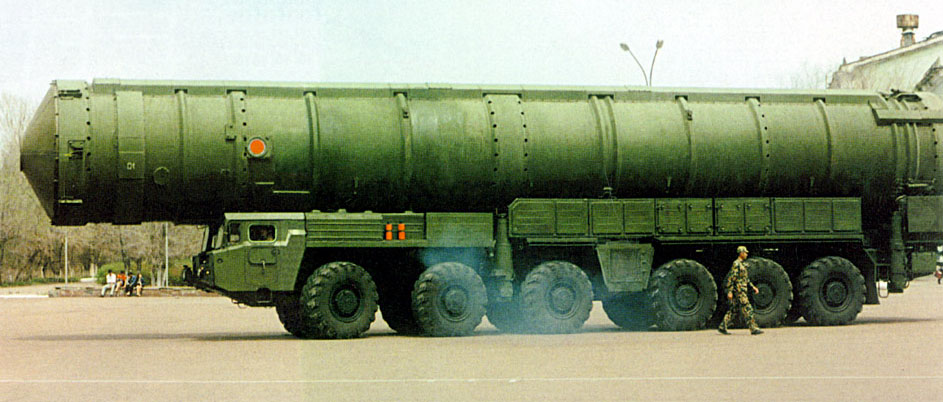Price of diesel reaches all-time high – what will become of food production and transport?
05/03/2022 / By Ethan Huff

On Monday, the average price of a gallon of diesel fuel reached an all-time high of $5.321, which will eventually ripple its way down the supply chain.
You see, the trucks that deliver food and other supplies from warehouses to retail stores require diesel. And the more expensive it gets, the more it costs to eat and live.
Compared to a year ago when the average price of diesel was $3.086 a gallon, prices now are about 72 percent higher, according to data released by AAA.
“Things at the grocery store will be more expensive because of diesel,” warns Patrick DeHaan, the head petroleum analyst at GasBuddy.
“Taking a cruise is going to be more expensive. Getting on a plane is going to be more expensive. Filling up is going to be more expensive.”
Craig Fuller of Freight Alley says that the average owner-operator doing 7,000 miles per month at around 6.5 MPG has seen his fuel bill jump by about $1,800 per month since the beginning of 2022.
This is a massive increase, the costs of which will eventually get passed down to consumers. (Related: There is also a diesel shortage in some areas that is making the problem even worse.)
“I really don’t see the situation improving drastically anytime soon,” DeHaan says.
“It certainly will take time and additional refining capacity to boost up the supply of diesel and jet fuel back to adequate levels.”
The failed economic policies of central banking cronyism are destroying America (and the world)
The situation would not be as dire as it is for truckers if they were receiving a corresponding increase in payments for their loads. Unfortunately, this is not the case.
“The prices are skyrocketing and we still don’t get good prices for the loads,” laments Michal Agboire, a trucker at Maitland Trucking.
“If it goes any higher than this and the price of the load not coming up, then maybe we just call it quits.”
In an op-ed published by the Fresno Bee, Ron Faulkner, president of Faulkner Trucking and the 2022 president of the California Trucking Association, wrote that the current situation is creating “[i]ncreased prices for consumers and economic pain for truckers.”
“Independent truckers and small trucking companies are particularly hurt by this crisis. These companies operate in markets which do not always compensate for the increased cost of fuel,” Faulkner added.
“The impact to small fleets is especially concerning because more than 95 percent of the trucking companies in the country operate 20 or fewer trucks. These companies are the backbone of the industry and are struggling to keep up with out-of-control costs.”
While the situation in Ukraine is certainly not helping matters any, Faulkner emphasized that the problem is also a result of “policies right here at home.”
“If truckers cannot afford to drive, then goods do not move,” Faulkner warns as the bottom line.
Runaway inflation, it turns out, is a product of the Federal Reserve’s corrupt monetary policies, which date back more than 100 years to the time when it was first created.
Supply chain issues are a product of the government’s Wuhan coronavirus (Covid-19) tyranny, which is still playing itself out – or in the case of communist China, is still happening under the guise of fighting another “wave” of the Fauci Flu.
All of this was engineered as part of the plandemic 2.0 takedown of the global economy, which we are now watching occur in real time every single day.
“Someone’s gotta do something,” says Jimmy Quarels, a trucker who has been transporting logs through Arkansas for the past two decades. “This can’t last the way it is.”
More related news about the imploding economy can be found at Collapse.news.
Sources for this article include:
Submit a correction >>
Tagged Under:
chaos, Collapse, diesel, food, Inflation, logistics, production, supply chain, transport, transportation
This article may contain statements that reflect the opinion of the author
RECENT NEWS & ARTICLES
COPYRIGHT © 2017 CHAOS NEWS


















